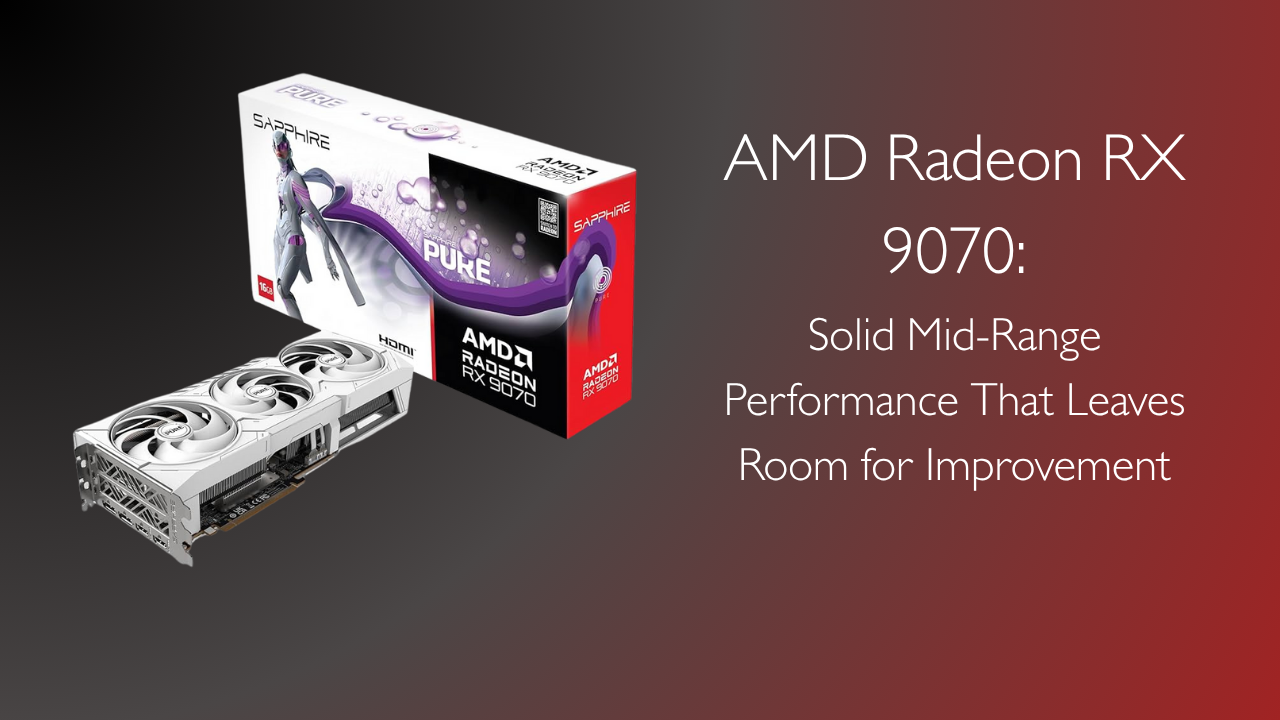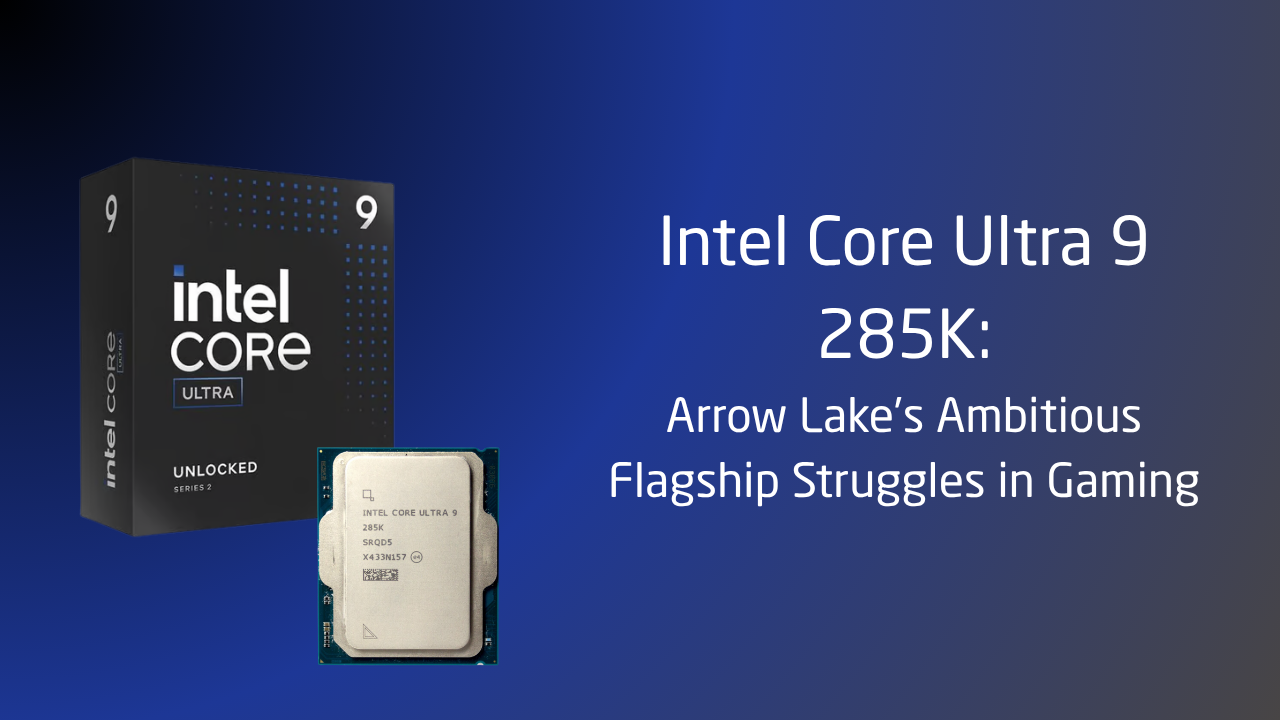The AMD Radeon RX 9070 XT arrives as the crown jewel of AMD’s new RX 9000 series, designed to deliver premium performance at a mainstream price. Built on the RDNA 4 architecture and manufactured with TSMC’s N4P process, it features 64 compute units and comes equipped with 16GB of GDDR6 memory. The card promises significant improvements in traditional rasterization, ray tracing, and AI-enhanced workloads compared to its predecessor while keeping its price competitive at around $599.
In terms of gaming performance, the RX 9070 XT makes a strong impression. At both 1440p and 4K resolutions it achieves substantial gains over previous generation cards, outperforming the RX 7900 GRE by over 35 percent in many benchmarks. Gameplay is smoother and more consistent thanks to improved minimum frame rates and higher average performance. Ray tracing performance has also improved, narrowing the gap with Nvidia and offering a much better experience than the RDNA 3 generation. Although it still does not surpass Nvidia’s best in ray tracing, AMD’s progress here is evident.
One of the standout qualities of the RX 9070 XT is how much more efficient it is compared to earlier cards. The redesigned architecture offers about 40 percent better performance per compute unit than RDNA 3. Larger caches and ample VRAM help eliminate bandwidth bottlenecks at higher resolutions, making it ideal for gamers who demand more from their hardware when playing at 4K or with ultra settings.
In head-to-head comparisons against Nvidia’s RTX 5070, the RX 9070 XT holds its own and even edges ahead in some scenarios. In 4K rasterization tests it consistently performs better while remaining competitive in ray tracing benchmarks. However, in compute-heavy workloads and synthetic benchmarks, Nvidia’s cards still tend to lead, which keeps the RX 9070 XT focused more squarely on gaming.
Overclocking and undervolting potential on the RX 9070 XT is another strong point. Enthusiasts have shown that tweaking power and voltage settings can unlock up to 10 percent additional performance in demanding games like Cyberpunk 2077 at 4K, all while maintaining manageable thermals and power draw. This makes the card a great choice for users who enjoy tuning their hardware to squeeze out every last frame.
There are still a few downsides to consider. Availability has been inconsistent, and prices at launch have often exceeded the suggested retail price, making it harder for some buyers to find good value. While AMD has closed much of the gap in ray tracing, Nvidia still retains an advantage in this area, as well as in certain software features and professional workloads.
The Radeon RX 9070 XT delivers an outstanding generational leap, offering a compelling mix of high frame rates, improved ray tracing, and excellent efficiency at a price point that makes it accessible to a wide audience. For gamers looking to build a high-performance PC without moving into ultra-premium territory, the RX 9070 XT sets a new standard. Shoppers should keep an eye out for fair pricing and weigh whether Nvidia’s superior ray tracing and compute capabilities are worth the extra cost for their specific needs. Overall, the RX 9070 XT is a highly capable graphics card that raises the bar for mainstream gaming.



